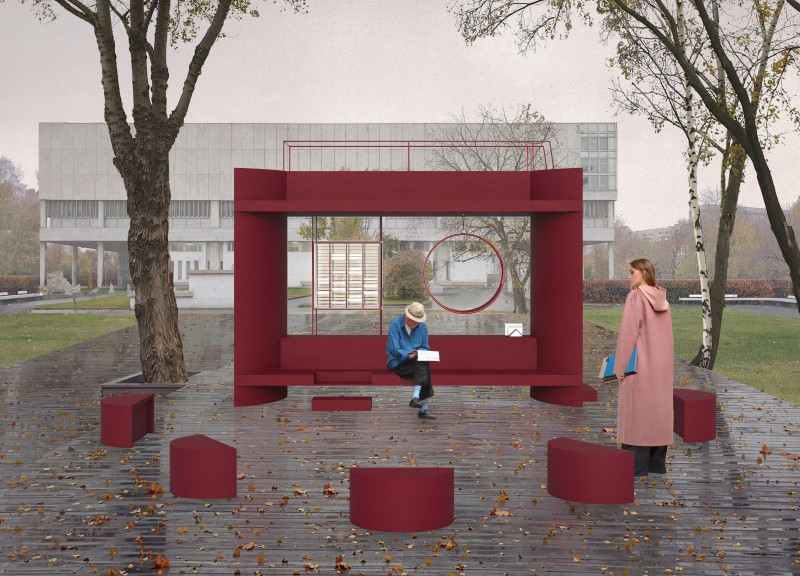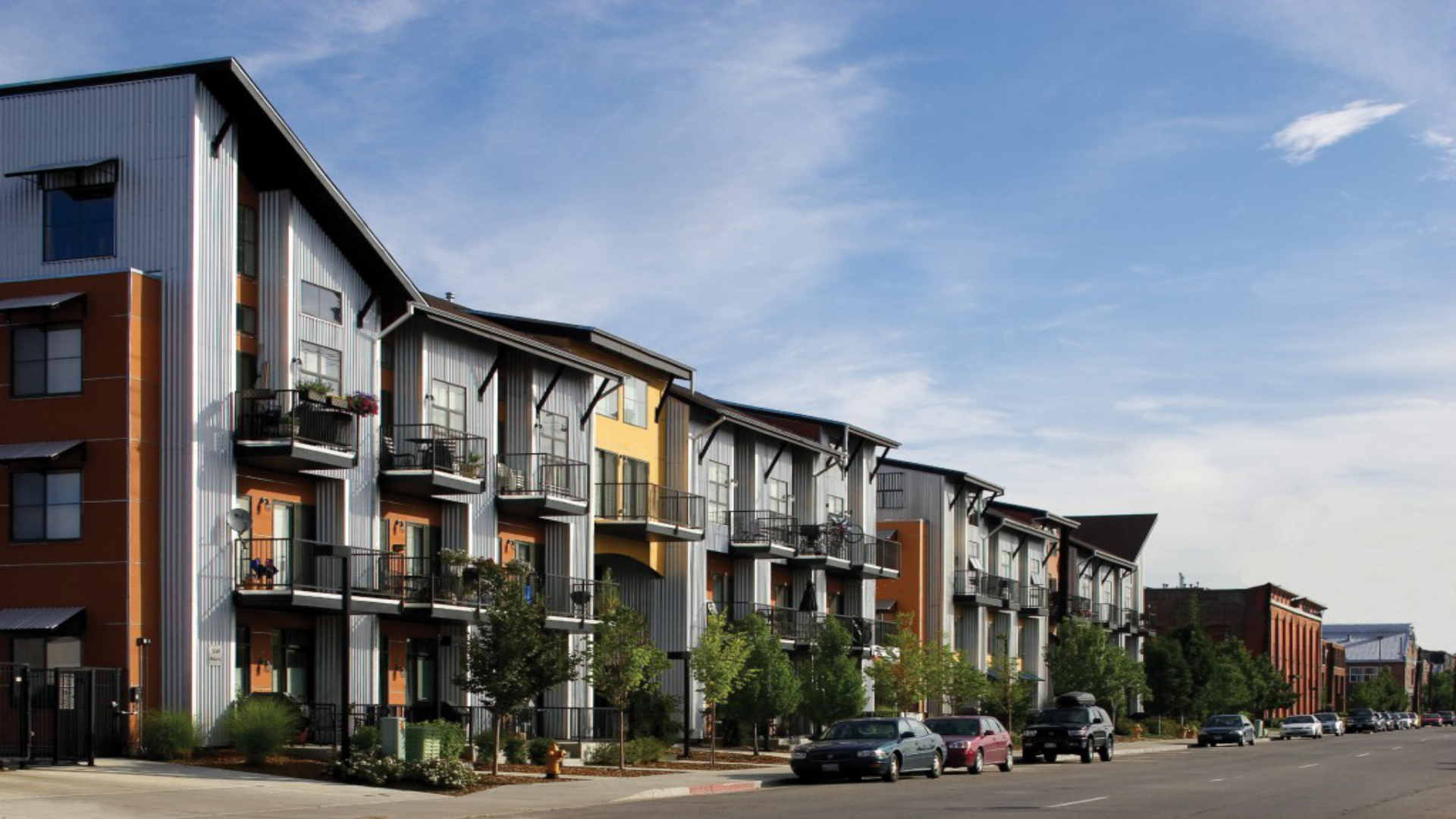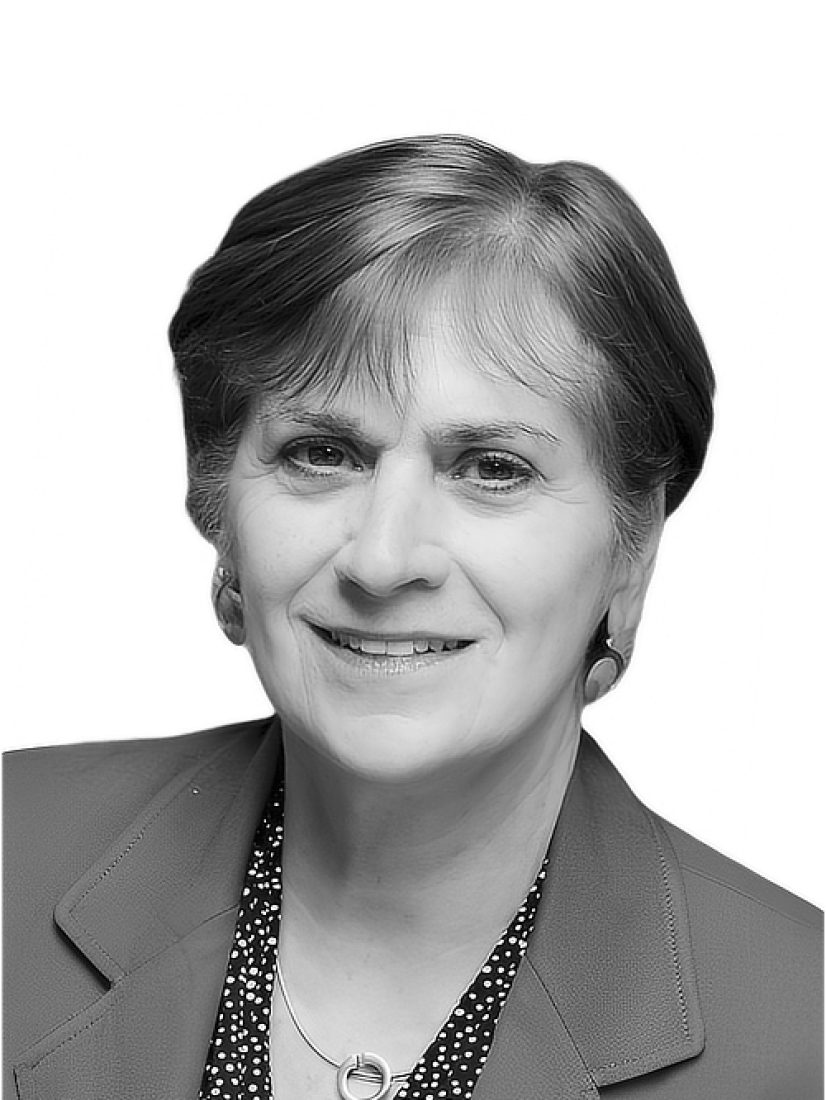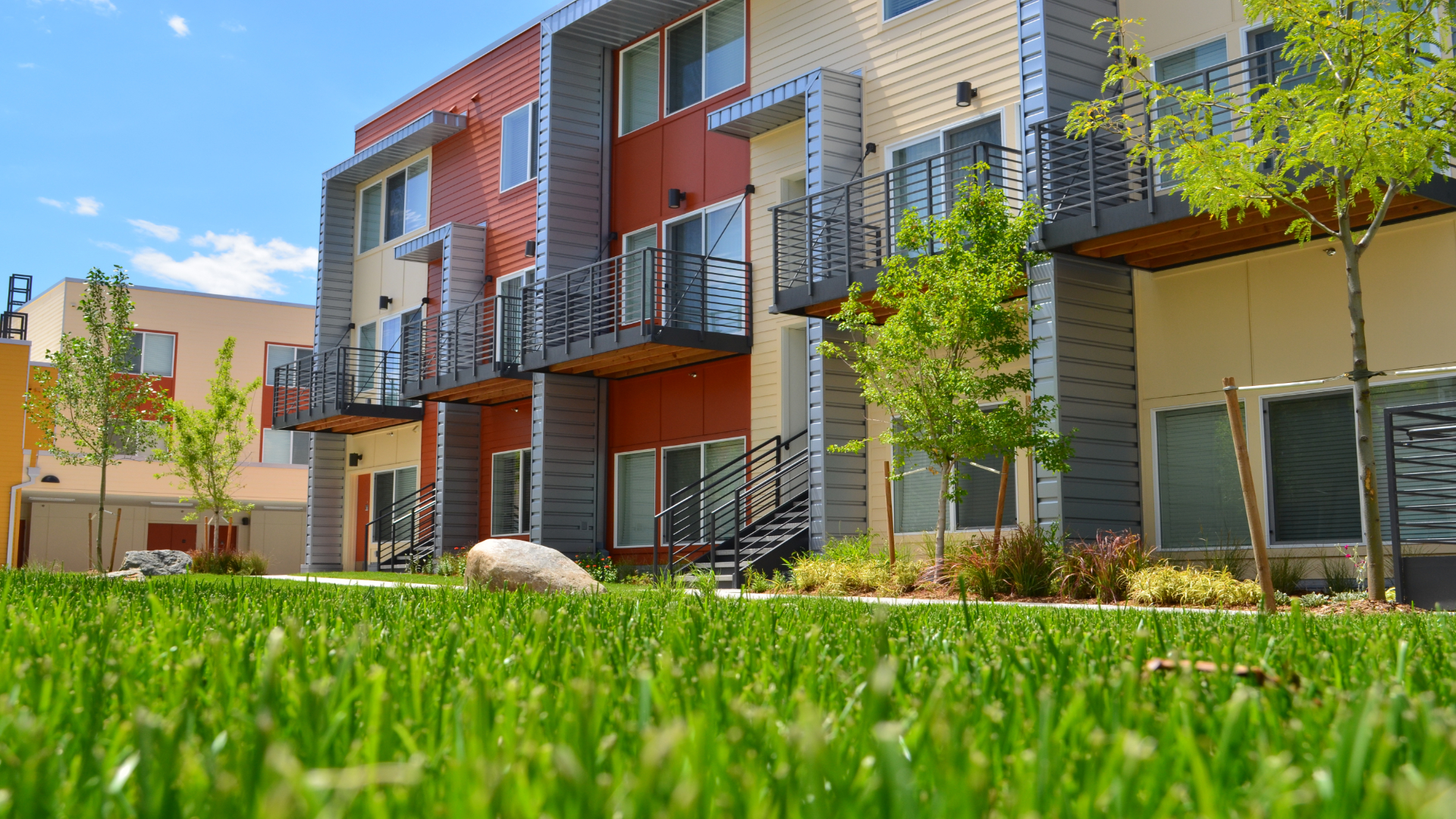5 key facts about this project
The Red Square Pavilion in Moscow is designed to meet the communal needs of urban residents. Located within important cultural areas like the Museon park, it functions as a versatile space centered on a bookcrossing initiative. This design emphasizes adaptability and user interaction, providing various layouts to suit different activities.
Functionality and Configurations
The pavilion features three configurations: small, medium, and large. The smallest version includes a basic setup with a bookcrossing box and necessary seating. In the medium configuration, the design adds benches, a hammock, and stairs that lead to a sun deck, fostering an inviting space for relaxation and socializing. The largest option includes loungers, further enhancing the pavilion’s suitability for community events and gatherings.
Architectural Aesthetics
A significant aspect of the pavilion is its dark red color, reminiscent of classic burgundy books. This choice not only enhances visual appeal but also gives the pavilion an identifiable character throughout the year. The use of a transparent box structure allows for open social interaction, while a covered platform protects visitors from rain and sun, making the space more inviting for urban dwellers.
Spatial and Functional Integration
The design carefully considers the balance between solo and group spaces. Outdoor furniture can be stored in designated areas, which helps keep the space organized and adaptable. The inclusion of waste paper containers demonstrates a commitment to sustainable practices, aligning with environmental expectations found in urban design today.
The pavilion supports both individual reading and group gatherings. Comfortable seating and hammocks surround the central bookcrossing box, encouraging engagement with the space. A notable element of the design is the ability to shift from a simple reading center to a larger social area, showcasing its flexible use for various community activities.























































